When Is A CUDA Not a 'Cuda? When It's An AMC

Lots of car enthusiasts have heard of the AAR ‘Cuda, a homologation special that Chrysler made in 1970 to go racing in the SCCA. What’s not widely known is that there was a CUDA designed ten years earlier, and it came out of the styling studio of American Motors, not Mopar.
George Lawson was a creative designer, perhaps too creative. Though he worked for a number of automakers either on staff or as a consultant, the only design of his that made it to production was the Tucker Torpedo, and even that only had hints of Lawson’s original design since he and Preston Tucker had differences and Lawson was replaced with Alex Tremulis, who did the final design. Lawson had to sue Tucker to get paid and he eagerly took the witness stand in Tucker’s fraud trial.
Lawson had headed the Buick studio in Harley Earl’s Art and Colour department at GM before WWII. Bill Mitchell said that Lawson was so talented he made Virgil Exner and himself “look like amateurs”. When Lawson came up with a radical Buick that positioned the driver in the middle of the front seat and featured a cyclops headlight, Buick general manager Harlow Curtice decided that he’d gone a bit too far outside the box, and moved him out of Buick and into the Special Products studio where his futuristic designs would be more at home.
Lawson left GM, hoping to get work in Raymond Loewy’s studio but he didn’t get along with Loewy so he returned to Detroit taking a job designing Chryslers and Packards for the Briggs body company. When the war broke out Lawson returned to GM and did illustrations for instruction manuals. Tucker hired him in 1946, and one of his first jobs was to prepare a drawing of the proposed Tucker car that Preston Tucker used to illustrate his investors’ prospectus and early sales brochures.
He briefly left the car industry to start a toy company with his brother, but returned to GM in 1957 where he worked on advanced styling under Mitchell. In 1959 George Romney picked him to head American Motor’s experimental design department, where he worked until 1962, and where he produced the CUDA +44 concept pictured above. Later he worked for Ford, again in advanced design.
The CUDA name is a bit of a mystery. Chrysler started working on what would become the Plymouth Barracuda in 1959, around the same time that Lawson was drawing the CUDA at AMC. However, it seems that the Barracuda name was chosen close to the car’s 1964 production. Apparently Chrysler brass wanted to call the car the Panda, not exactly a great name for a car that was supposed to be more exciting than the plain Jane Valiant on which it was based. The styling team rebelled and designer John Samsen came up with the name Barracuda. So it’s not likely that Lawson or someone at AMC borrowed the name from the piscine pony car.
In 1978, Hemming’s Special Interest Autos published a retrospective on Lawson and his work as a designer. The article includes a drawing of the CUDA +44, but makes a point of saying that the name’s origin is not known. At the time that the article was written Lawson was in poor health and had difficulty being understood, so SIA got most of their information from his wife. Referencing that SIA article, automotive styling art collector Lawrence Sharf says that Lawson was unable or unwilling to explain the car’s name.
From the use of all caps, Lawson’s CUDA name might be an acronym. It’s not clear what the +44 means, though AMC later used the 440 moniker on a version of the Rambler American. I’ve never seen an explanation for the “440” name since the car had a six cylinder, not a 4 and certainly didn’t have a 440 cubic inch engine. It must have meant something, though, to the folks at AMC.
So the next time you see a HEMI ‘Cuda on the block at Barrett-Jackson remember that it could’ve been a Panda and that the first CUDA was a Rambler, not a Plymouth.
Of course, not everyone had an easy time with the name Barracuda:

Ronnie Schreiber edits Cars In Depth, the original 3D car site.
More by Ronnie Schreiber
Latest Car Reviews
Read moreLatest Product Reviews
Read moreRecent Comments
- Zelgadis Elantra NLine in Lava Orange. I will never buy a dirty dishwater car again. I need color in my life.
- Slavuta CX5 hands down. Only trunk space, where RAV4 is better.
- Kwik_Shift_Pro4X Oof 😣 for Tesla.https://www.naturalnews.com/2024-05-03-nhtsa-probes-tesla-recall-over-autopilot-concerns.html
- Slavuta Autonomous cars can be used by terrorists.
- W Conrad I'm not afraid of them, but they aren't needed for everyone or everywhere. Long haul and highway driving sure, but in the city, nope.



















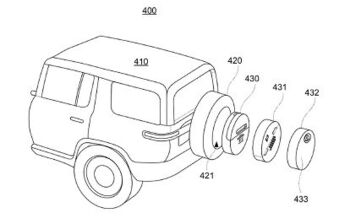
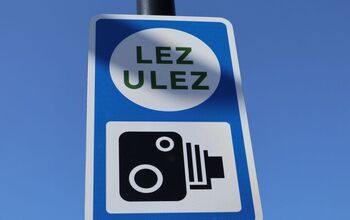
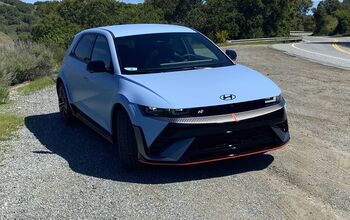


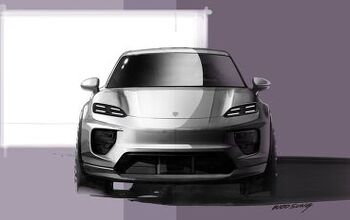
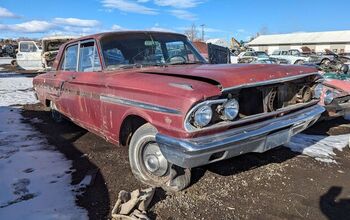
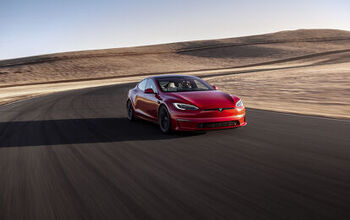

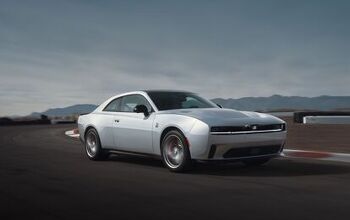

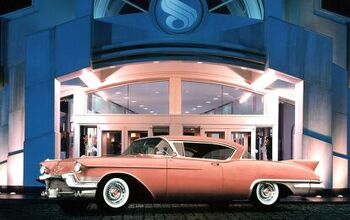
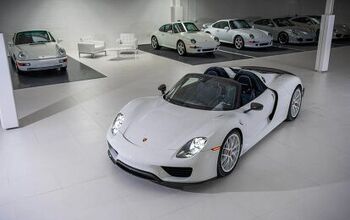
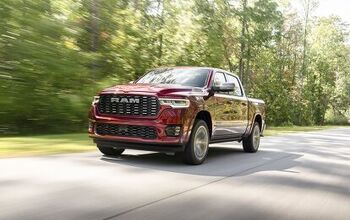
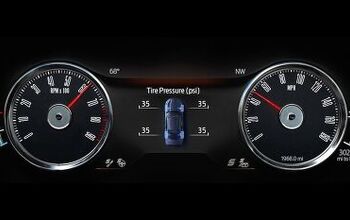
Comments
Join the conversation
Regarding that "440" designation. It was a simple AMC nomenclature for model ID. The compact American series was offered as the 220, 330, and 440. The mid-size Rambler Classic could be had as the 550, 660, or 770 trim, and the top line Ambassador was offered in 880 or 990 trim. No reference to engines or anything else. Just numerical order.
AMC used 220, 330 and 440 for the various trim levels of the Rambler American compacts, 550, 660 and 770 for trim levels of the intermediate Rambler Classic, then 880 and 990 for the trim levels of the upscale V8 Rambler Ambassadors in 1963 through about 1966. It added DPL as a luxury-sport trim level on Ambassador in 1965 or 66, and added Rebel as a somewhat sporty appelation for the Classic line in that same timeframe. I believe that in 1964 through about 1967, the sporty versions were 440H on the American line. These were analagous to the Sprint level in the Ford Falcon, Monza level in the Chevrolet Corvair and Signet trim level in the Plymouth Valiant (i.e. carpeting, front "bucket" seats and a whitewall tires).